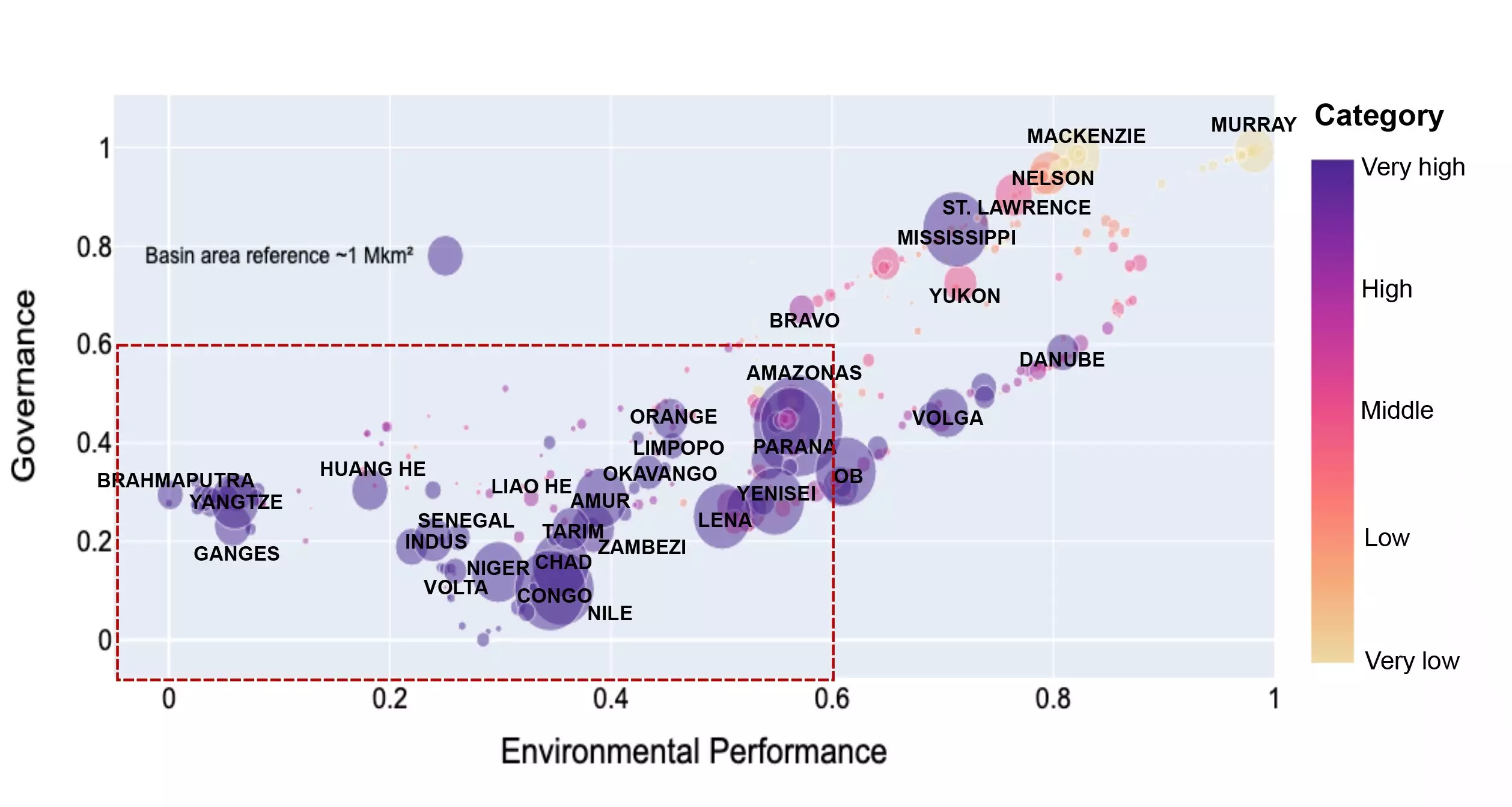Water is fundamental to life, yet securing its supply is increasingly becoming one of the most pressing challenges we face globally. Traditional frameworks for assessing water security typically hinge on the amount of precipitation that reaches a given area from the sky, focusing primarily on lakes, rivers, and aquifers. However, what if we broadened this view? A recent study from Stockholm University proposes a vital shift in perspective, one that emphasizes the importance of the source of atmospheric moisture, which is critical in understanding the global water risks we are facing today.
The concept of a “precipitationshed” emerges from this innovative research, shedding light on the complex dynamics of water supply. This term describes the geographical area that contributes to the moisture leading to rainfall in a particular region. By examining this concept, researchers have established that our commonly held beliefs about water supply may significantly underestimate the risks associated with water scarcity. For example, rather than solely reflecting on hydrological basins in a downstream context, an upwind approach looks at the environmental conditions that exist in the regions where moisture first evaporates before being transported to precipitation zones. This could dramatically reshape how we approach water management globally.
According to Fernando Jaramillo, an associate professor of physical geography at Stockholm University, “Water supply really originates beforehand.” This foundational understanding reveals that moisture does not simply appear as rain over lakes and rivers; it has an extensive journey that begins with evaporation and is heavily influenced by the health of upwind ecosystems. Conditions in these ecosystems, such as vegetation cover and land-use practices, play a significant role in dictating the amount of moisture that makes its way downstream.
The consequences of neglecting the upwind factors become evident when analyzing the interdependence among various regions. Case studies reveal that areas like the Amazon rainforest and the Andes mountain range exemplify this relationship. Rainfall in regions like the Andes directly relies on the moisture that originates from the Amazon basin, emphasizing a mutual dependency that must be recognized when assessing water security.
The study conducted by Stockholm University meticulously analyzed 379 hydrological basins worldwide and uncovered alarming statistics: nearly 33,000 cubic kilometers of water requirements per year are at high risk, a significant increase from previous assessments that only considered upstream conditions. The stark rise in risk, from 20,500 cubic kilometers to 32,900, demonstrates the urgency of addressing water governance with a more comprehensive outlook.
Another compelling takeaway is the impact of land-use changes in upwind areas on downwind water availability. As Jaramillo pointed out, deforestation and agricultural practices in moisture-rich regions can have profound consequences on rainfall patterns in areas located downstream. This correlation illustrates how local political decisions can ripple across borders, necessitating international cooperation in managing shared water resources.
This research provokes serious reflection not only on scientific assumptions but also on policy-making structures. Lan Wang-Erlandsson, a researcher at the Stockholm Resilience Center, has highlighted how countries sharing watersheds can experience drastically different levels of water security depending on the governance and environmental practices adopted within their geographical neighbors. This calls into question the existing frameworks governing water management, especially for landlocked nations that are reliant on moisture transpired from neighboring areas.
Emphasizing the interconnectedness of water resources, Wang-Erlandsson warns, “It is not possible to ignore the interdependence between countries.” This acknowledgment demands that we reassess our current governance models. International cooperation strategies must evolve to adequately address the complexities of upwind moisture sources, making it crucial for nations to collaborate on environmental management practices that safeguard these vital ecosystems.
By fostering a shared understanding of water dynamics that transcends borders, we can more effectively mitigate the tensions associated with water scarcity. The findings from this study serve as a critical foundation for reimagining water governance. With a clear focus on the symbiotic relationship that exists between upstream and downstream users, nations can adopt more strategic collaborations aimed at sustainable water management.
Ultimately, acknowledging the upwind influence on water security not only enhances scientific understanding but also opens new avenues for political and environmental cooperation. The pressing challenge of ensuring global water supply can only be met through united efforts that prioritize holistic management of our precious water resources—indispensable for both humans and the ecosystems we depend upon.


Leave a Reply